I seem stuck at flashing the USBASP stick with the latest firmware through the arduino uno
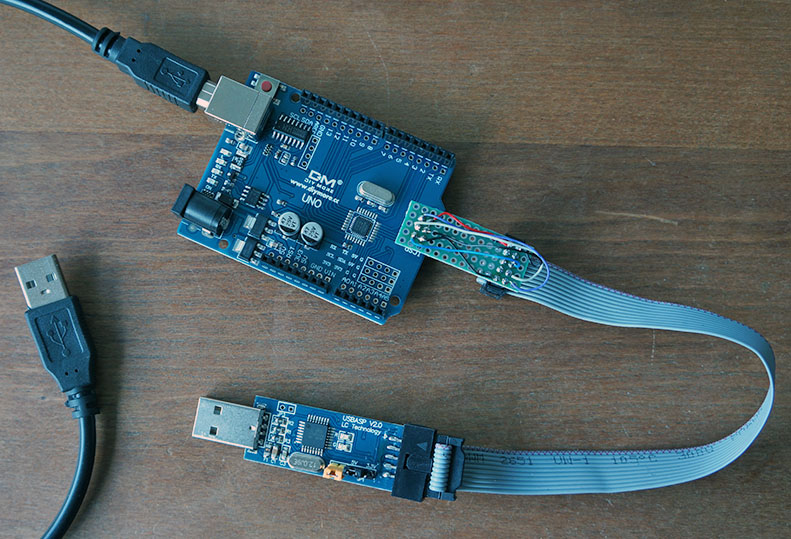
** dumpster material*
I seem stuck at flashing the USBASP stick with the latest firmware through the arduino uno

** dumpster material*
The Pololu is the definative ISP programmer in my view.
A lot of ISP programmers can be a bit sensitive to the wiring, if its not short and perfect they can fail to program. I have several ISP programmers that are just not reliable enough to bother with.
The Pololu can be slowed right down and will cope with less than pefect wiring, it will work when others fail.
I ordered mine last night too, I need you to document everything you do  to save me any pain lol
to save me any pain lol
ordered a few more of these elecrow nodes So I must get it to work 
and the ‘production’ jig is almost there 
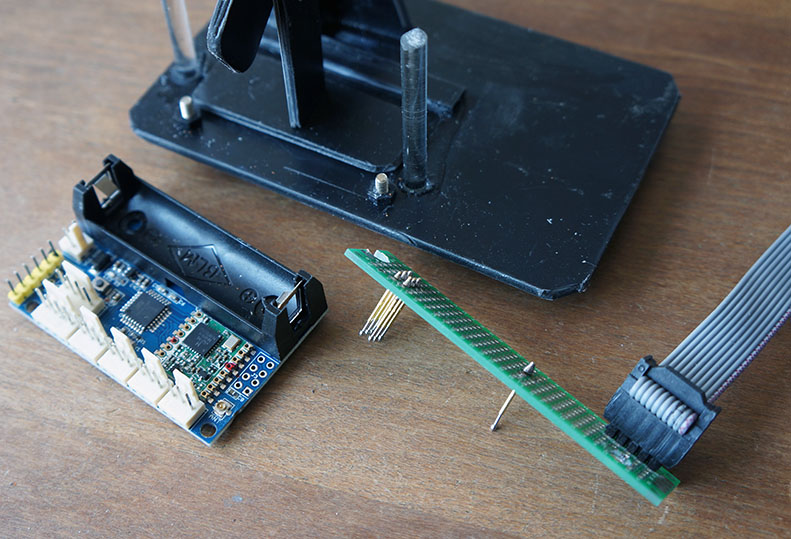
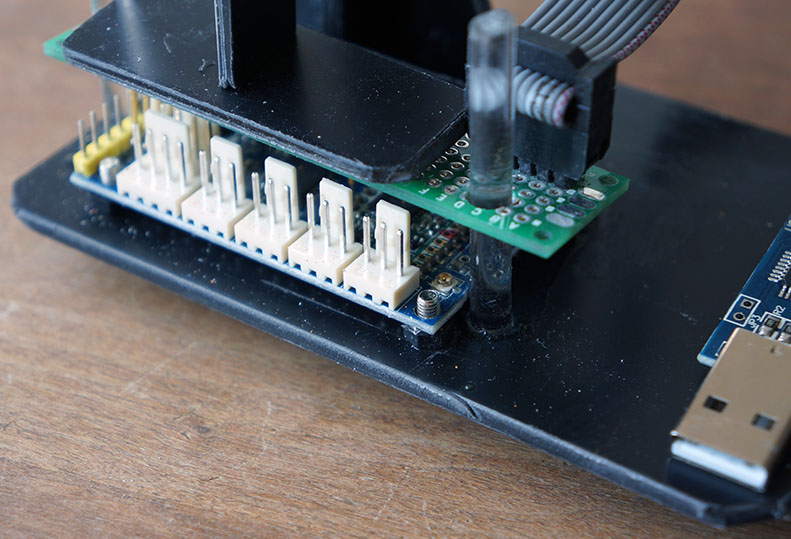
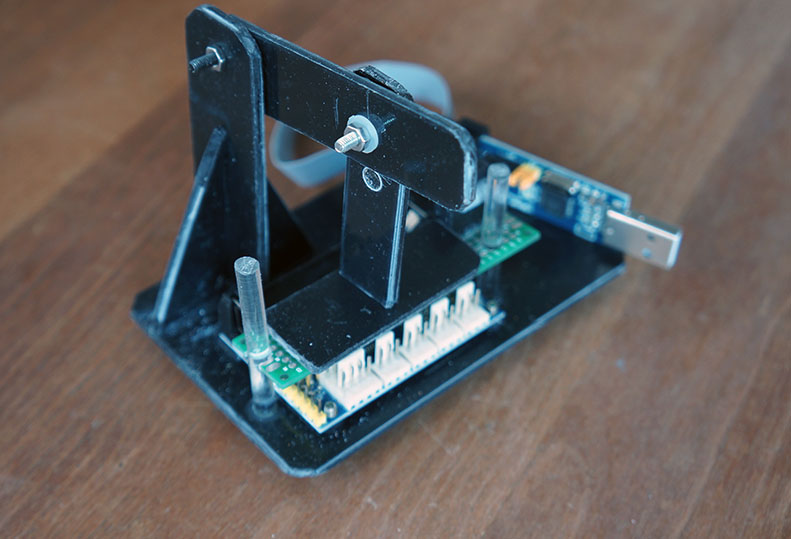
bought these AA 1200 mah 14500 3.2 v lifepo4 batteries, should fit in the on board holder.
then remove some components, like the voltage regulator circuit and feed direct (and only) from the battery… aiming for very low power (hard coded) because they will be very close stationairy to my gateway.
disclaimer : I will have to test these extensively, because I don’t know (China you know) if they really are 1200 mAh what the label and shop tells me. 
someone did a review

https://lygte-info.dk/review/batteries2012/Litelong%2014500%20LiFePO4%201200mAh%20(White)%20UK.html

did you notice that too ? ALI EXPRESS forces you to sign in everytime you click a link… terrible !
can’t do a ‘normal’ search with out that … 
That is a 3.3V, not a 5V version?
Correct but tested on a nano board, nothing connected on it 


Yes, also notice that. Pretty annoying. Solved the issue by searching stuff on Banggood 
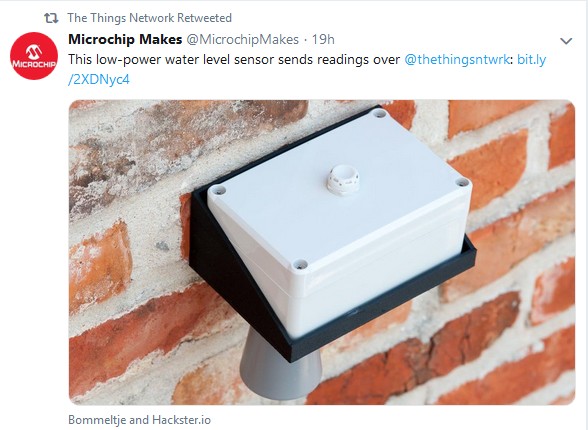

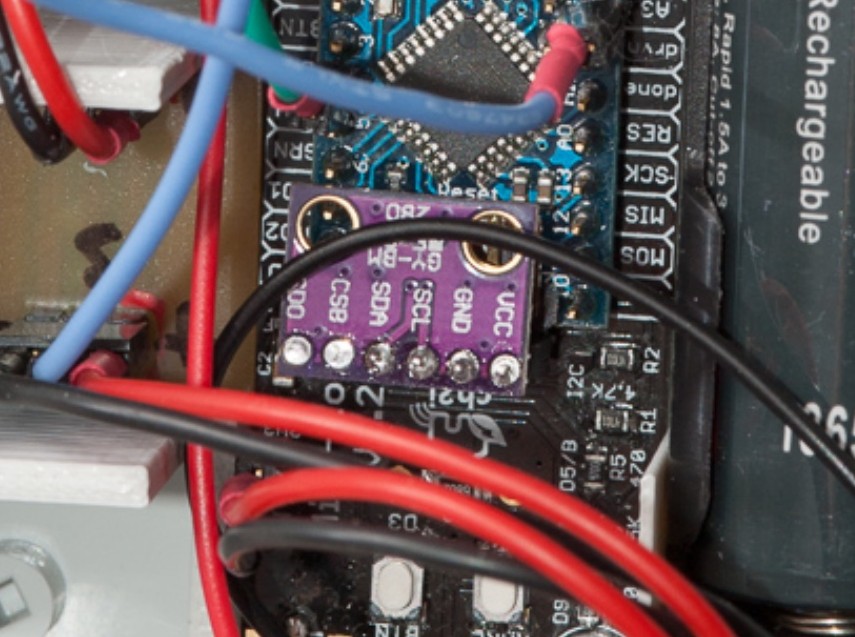
What I don’t understand, is how you measure (accurate) the temperature/humidity from the outdoor environment.
The sensor is mounted inside the enclosure and close to the processor 
Is it mounted right under the pressure vent ?
Hi @Borroz, you are completely correct and this “data quality” is a real issue for professional meteorology.
The normal response is to house all the instruments in a Stevenson Screen, see https://en.wikipedia.org/wiki/Stevenson_screen
The photos show that the sensors are inside the standard screen and the electronics are in a separate enclosure. The normal standards also state that the Stevenson Screen has to be out in the open, etc. etc. - This is a real problem when putting weather instruments on industrial sites, ships, offshore, etc.
Hi Tim,
true, in the summer it can get really hot inside an IP67 enclosure.
I’ve wanted to test exactly that a while back, an inside vs outside mounted temp sensor, inside a stephenson screen.
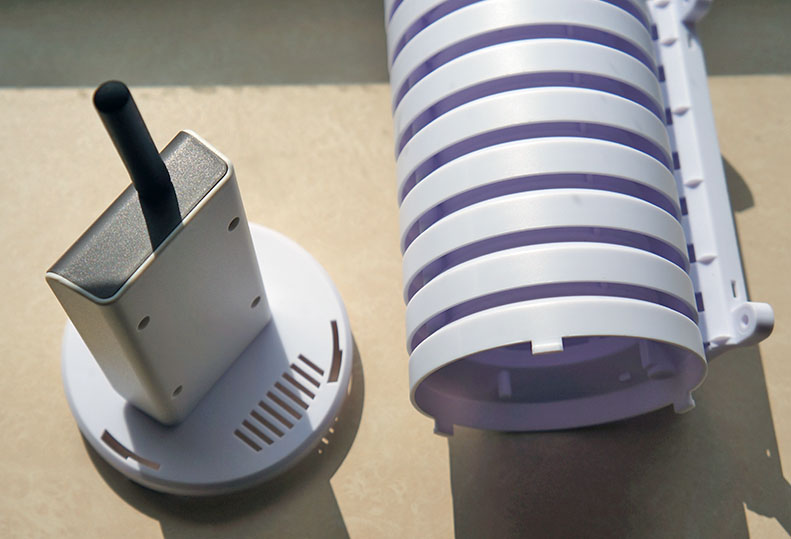
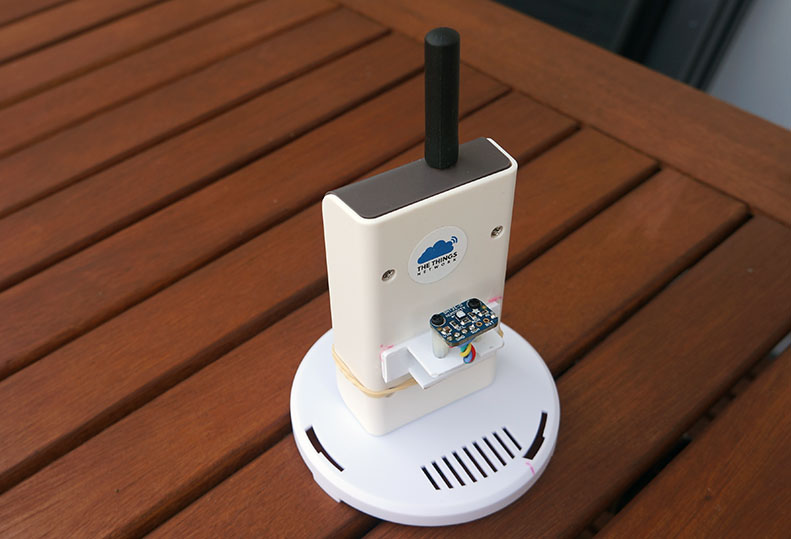
unfortunately I never finished this experiment completely 
For my use case I was more interested to monitor what’s happening in the box, ensuring I don’t get humidity in it.
Having said that, temperature and pressure are reported quite accurately – pressure vent installed. It isn’t exposed to sunlight (concrete water tank) making that inside/outside temperature are very close.
But indeed if you are really interested in outside measurements, you should think about having the sensor outside.
Also for outdoor use I would probably put the pressure vent under the box to keep it away from heavy rain…
and with that you’ll get all new problems too … it’s not easy to be a TTN’er ![]()
If it would be easy it would be boring ![]()
Just to illustrate – minilora-06 is the water sensor, minilora-05 is in the same room without enclosure:
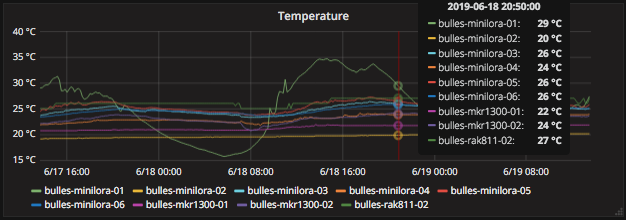
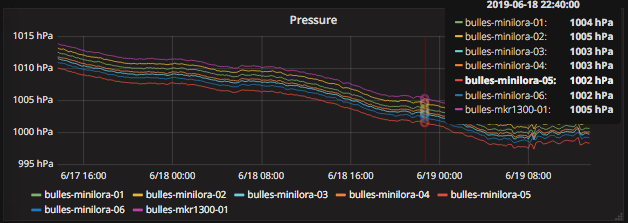
On the humidity side, it is much more constant compared to the other ones, as we have the pressure valve (Obviously it is relative humidity, so it will change together with the temperature):
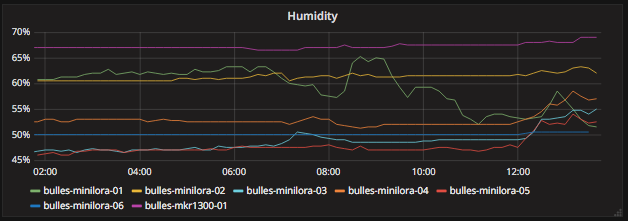
makes sense indoors, the sensor without and the one inside an enclosure seems to be
‘balanced’… also because the node is very low power the processor / components don’t generate heat that can add to false readings.
I’ve build the test node (with 2 sensors) but I’ve never made it to create a usefull back end application like you.
I kept is simple: I dump everything (node and gateway data) in InfluxDB, and I use Grafana to make dashboards.
For the WAF, I am doing some experiments with Home Assistant which looks quite OK…
I’m sure I knock on your virtual door for more info one day 